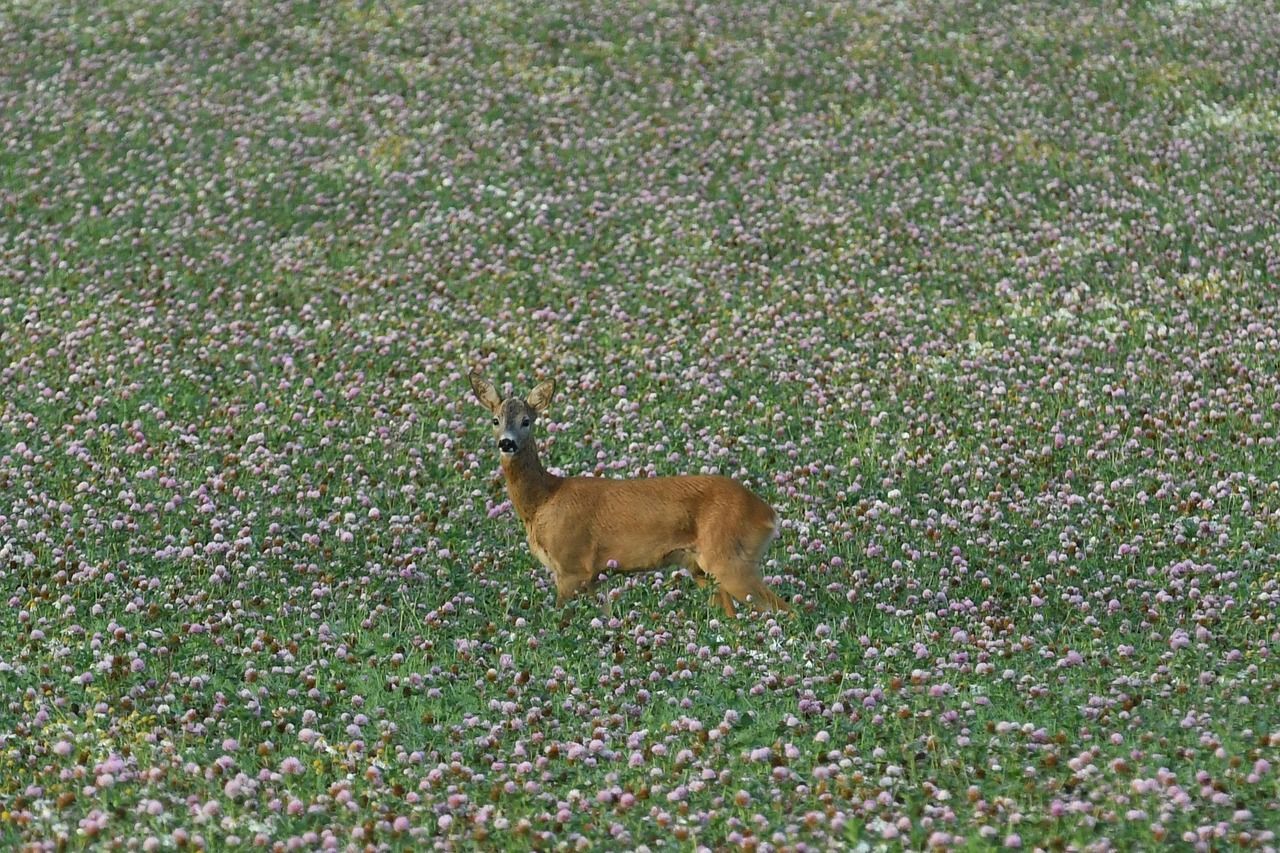
🦆 Environmental protection for half the price
Allowing some fields to grow back and putting more resources into increasing yields on remaining cropland gives the most biodiversity for the money.
Share this story!
There are two methods of increasing biodiversity on today's farmland. Both methods could help the UK meet its environmental targets, a new study shows, but one method costs only half as much.
The choice is between land saving and land sharing. Land sharing means that the farmers create a better environment for species on the existing farmland. This could, for example, involve leaving small groves or ponds in the fields.
Land saving, on the other hand, means that the farmers let nature take back larger contiguous parts of the farmland. Entire fields can then become forests or plains that are not used at all. It is this method that the researchers believe gives the most biodiversity for the money.
The reason for that is that it becomes cheaper to pay the farmers to "stray" some of their land and use that money to increase the yield from the fields they have left.
According to the researchers' study, land saving costs only 48 percent as much as land sharing for the same results. Focusing cultivation on land intended solely for cultivation also yields more harvest. The researchers expect that land sharing results in 30 percent lower food production, as more land is used to achieve the same biological diversity.
By becoming a premium supporter, you help in the creation and sharing of fact-based optimistic news all over the world.


